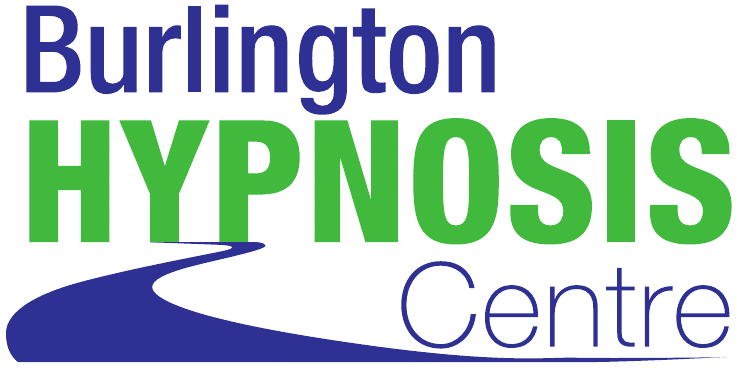Understanding how we communicate:
The key to effective communication
Table of Contents

- Tree Ryde
Effective communication is vital in our daily lives, whether in personal or professional relationships. By recognizing how we communicate, we can avoid misunderstandings and build stronger relationships. In this blog post, we will explore the three main ways people communicate and how we can be more mindful of utilizing the right approaches in our communication.
Visual communication
Visual communication involves the use of images, graphics, and other visual aids to convey a message. People who tend to communicate visually are often creative, imaginative, and observant. Visual communicators may struggle to understand others who communicate primarily through auditory or physical means. To cater to visual communicators, we can use diagrams, infographics, and videos to convey our message effectively.
Physical communication
Physical communication involves the use of gestures, touch, and body language to convey a message. People who communicate physically are often expressive and may use gestures to emphasize their words. They may struggle to understand others who communicate primarily through auditory or visual means. To cater to physical communicators, we can use gestures and body language to reinforce our message.
Auditory communication
Auditory communication involves the use of language and sound to convey a message. People who communicate auditorily are often good listeners and can easily pick up on tone, pitch, and other nuances in speech. They may struggle to understand others who communicate primarily through physical or visual means. To cater to auditory communicators, we can use clear, concise language and a varied tone to keep their attention.
The importance of flexibility in communication
Effective communication requires flexibility and an understanding of the various ways people communicate. By being mindful of how we communicate and adapting our communication style to suit our audience, we can avoid misunderstandings and build stronger relationships. This is especially important in business settings, where miscommunication can lead to costly mistakes, lost clients, and damaged reputations.
Some common methods for effective communication include the following.
1. Listen actively and attentively to your audience;
2. Be mindful of your tone and body language;
3. Use clear, concise language and avoid jargon;
4. Use visual aids to reinforce your message; and
5. Ask for feedback to ensure that your message was understood.
Effective communication is vital in our personal and professional lives. By recognizing and understanding the three main ways people communicate – visual, physical, and auditory – we can avoid misunderstandings and build stronger relationships. Effective communication requires flexibility and an open mind. By being mindful of our communication style and adapting it to suit our audience, we can convey our message effectively and avoid costly mistakes.


